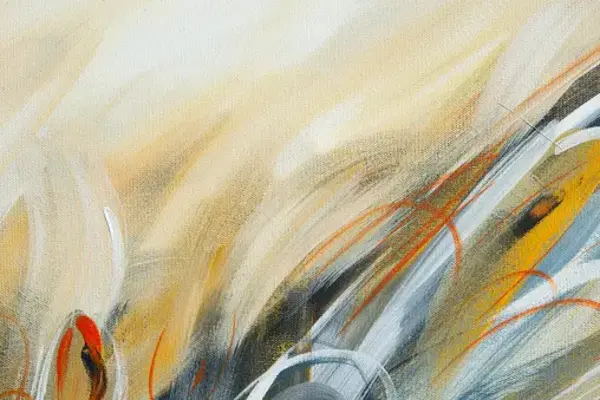Contemporary art conservation in London encompasses a diverse range of practices aimed at preserving the cultural heritage and artistic innovations of the city. From cutting-edge installations to avant-garde sculptures, conservators play a pivotal role in safeguarding these artworks for future generations.
Contemporary artworks often incorporate unconventional materials and techniques, posing distinct challenges for conservationists. Unlike traditional paintings or sculptures, these pieces may feature ephemeral elements such as video projections, organic matter, or interactive components. Conservation approaches must adapt to accommodate the evolving nature of contemporary art, balancing preservation with the artist’s intent and the artwork’s conceptual integrity.
Collaboration lies at the heart of contemporary art conservation in London, with conservators working closely with artists, curators, and technicians to develop tailored solutions for each artwork. This collaborative process fosters a deeper understanding of the artwork’s context, materials, and intended experience, informing conservation decisions that respect both the artist’s vision and the artwork’s longevity.
One of the key considerations in contemporary art conservation is the balance between preservation and change. Unlike traditional conservation approaches focused solely on stabilising and restoring artworks, contemporary conservation may embrace the concept of “change over time.” This perspective acknowledges that artworks may evolve or degrade naturally, reflecting the passage of time and the impact of their environment. Conservators in London employ innovative techniques to document and manage these changes, allowing for dynamic interactions between the artwork, its audience, and its surroundings.
Technology plays a significant role in contemporary art conservation, offering new tools and methodologies for analysis, documentation, and treatment. Advanced imaging techniques, such as multispectral imaging and 3D scanning, enable conservators to examine artworks in unprecedented detail, revealing hidden layers, damages, or alterations. Digital conservation platforms facilitate collaboration and knowledge-sharing among conservation professionals, enhancing the efficiency and effectiveness of conservation efforts in London and beyond.
In addition to technical expertise, ethical considerations guide contemporary art conservation practices in London. Conservation decisions must respect the artist’s intent, cultural significance, and the rights of future generations to access and experience the artwork. This ethical framework informs decisions regarding treatment options, material choices, and display conditions, ensuring that conservation interventions align with principles of stewardship and cultural heritage preservation.
Through collaboration, innovation, ethical stewardship, and public engagement, conservators contribute to the continued vitality and relevance of London’s contemporary art scene, ensuring that these artworks remain accessible and inspiring for generations to come.
















